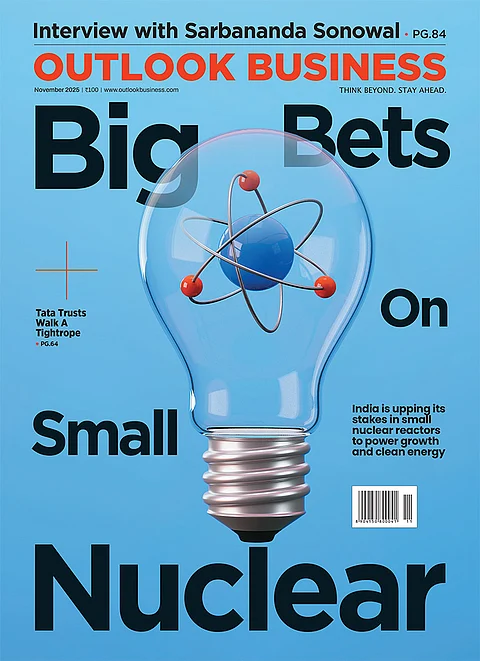On March 13, just a week before the markets crashed, both Sensex and Nifty recorded new highs—while the former crossed the mark of 74,000 for the first time, the latter touched the milestone of 22,500. In the bull run, powered largely by smaller segment stocks, there emerged several multibaggers, or stocks that give more than 100% returns to investors. However, while retail investors made a beeline for them, institutional investors stayed away. They stood vindicated when the markets crashed as the “froth” around overvalued stocks in the smaller segments, as Securities and Exchange Board of India (SEBI) chairperson Madhabi Puri Buch called it, started settling and investors lost their early gains.
In the preceding months, small-cap, mid-cap, micro-cap and small and medium enterprises segments emerged as the biggest gainers. Outlook Business conducted an analysis of 3,638 BSE-listed companies for the period between third quarter of 2022–23 and third quarter of 2023–24, of which 637, including 590 from the small- and micro-cap space, emerged as multibaggers. When Sensex was up by 11,399 points—more than 18% jump—around 66% of multiplier stocks failed to garner the confidence of foreign and domestic institutional investors. Of the 637 multibaggers, 423 saw institutional investors either reducing or maintaining their stakes unchanged during the above-mentioned period.
The majority of the top 50 multibaggers, by returns, during this period have a market cap of less than Rs 500 crore. Almost all of them have institutional stakes of less than 1%, including over 50% with no institutional stake at all. Arpit Jain, joint managing director of Arihant Capital, a financial services firm, explains, “Their smaller market cap and lower trading volumes sometimes do not match up to what the big players are looking for.”

Investor Behaviour
According to analysts, institutional investors look for a larger size of investments with higher float. The higher the float, the higher is the liquidity level of a company’s shares in the market. This leads to lesser impact on stock prices during bulk trading activities and thus limits volatility. Restricted free float, on the other hand, can pose a challenge.
During the third quarter of 2022–23 to third quarter of 2023–24 period, the multibagger segment, which largely comprised small- and micro-cap stocks, had an institutional holding of 0.04%, while non-institutional holding was around 41%.
“Institutional investors often engage in substantial transactions, and small- or micro-cap stocks with a restricted free float may not provide the liquidity they require,” explains Amit Goel, co-founder and chief global strategist at Pace360.
Other than liquidity, there are also concerns around valuation. The average price-to-earnings (P/E) ratio of the multibagger set surged by nearly 75%, climbing from 32.38% in third quarter 2023–24 to 56.64% in third quarter 2022–23. “A heightened P/E ratio may signal that the stock is overvalued. Institutional investors who are often value-conscious may be cautious about investing in a stock with a P/E ratio that appears excessively high,” Goel adds.
Deepak Jasani, head of retail research, HDFC Securities, points out that institutional investors typically steer clear of high-risk investments. “Stocks going circuit to circuit day after day does not enthuse institutional investors. Retail investors, on the other hand, have fewer compulsions and are ready to take the risk of lower liquidity in case of a reversal in stock prices with the aim of earning big money. They can act fast once they spot a stock while institutions will want to carry out minimum due diligence before investing in such companies,” says Jasani.
The Last Laugh
When the markets saw a major correction following SEBI’s concerns, around 54% of the 637 multibaggers analysed by Outlook Business fell from the December 2023 level. Many companies saw erosion of share price value in the range of 40% to 60%.
Goel highlights that while retail investors often chase quick wins, institutional investors focus on long-term growth driven by solid fundamentals. They have the resources and patience to ride out market highs and lows. The mid-March crash in the markets has yet again proved the wisdom in their strategy for the bull-and-bear game at Dalal Street.











